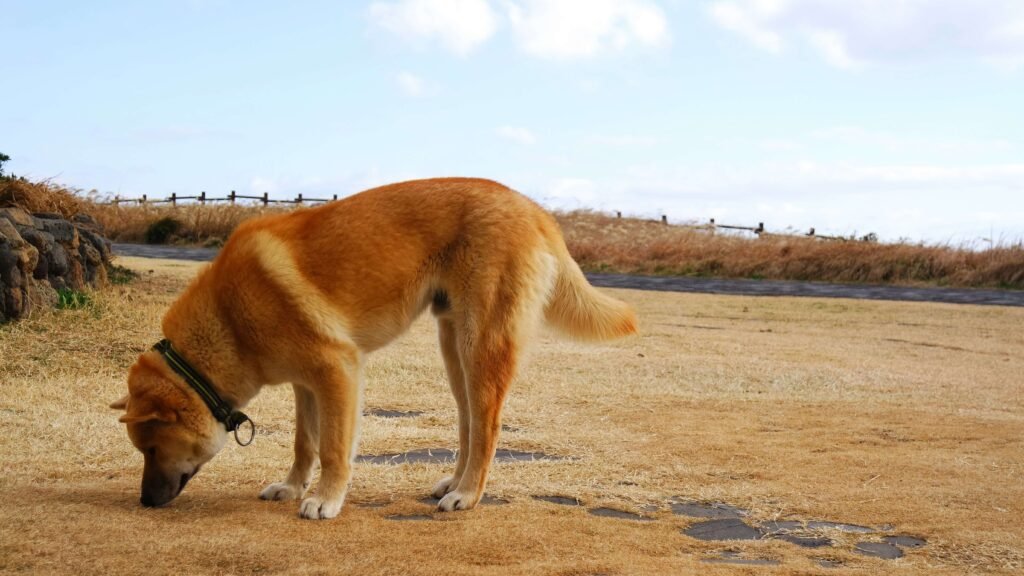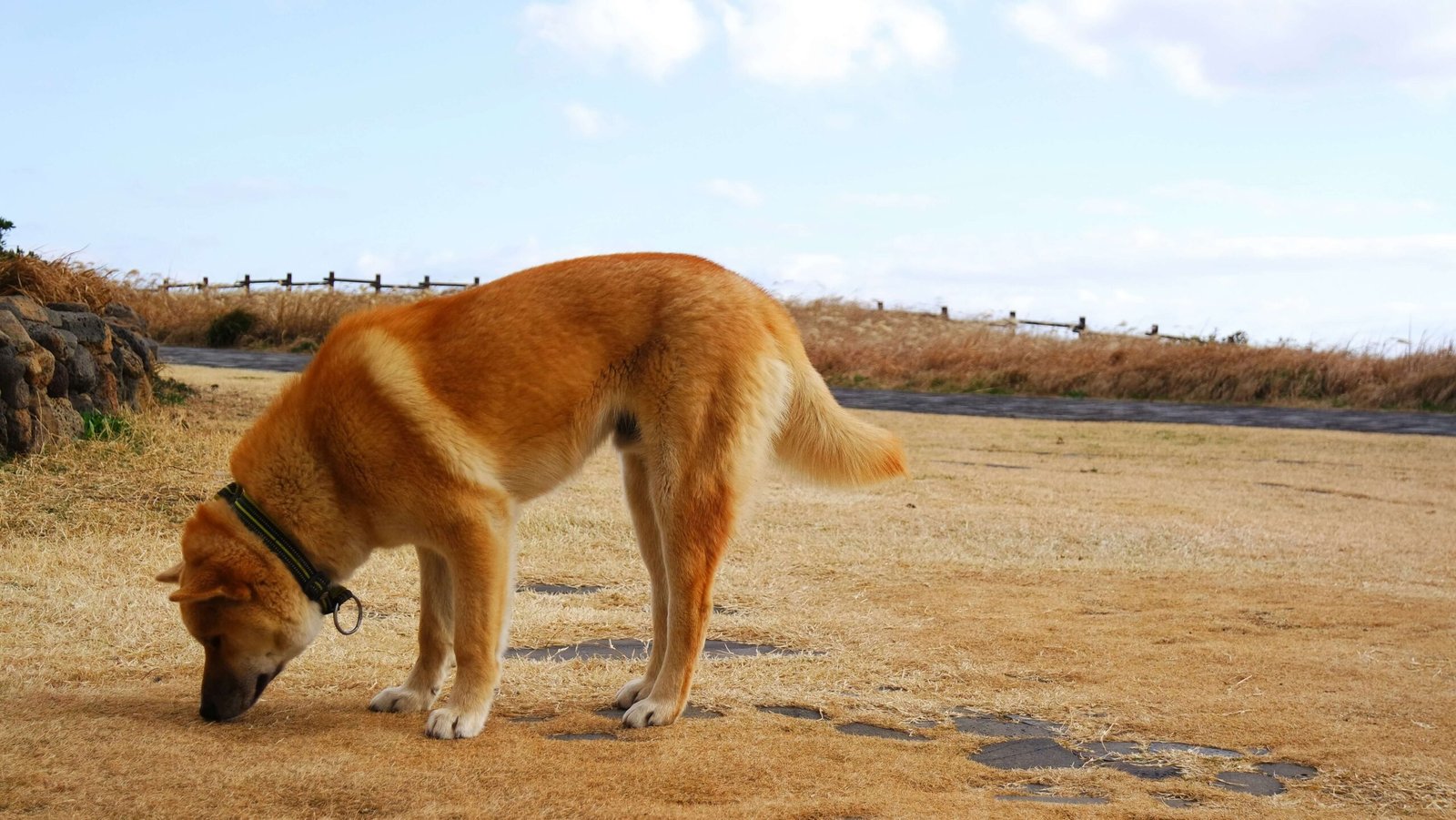How to Find the Quick on Dog Nails: A Comprehensive Guide
Trimming your dog’s nails is an essential part of their grooming routine, but it can be a daunting task for many pet owners. One of the biggest concerns when trimming is accidentally cutting into the “quick,” the sensitive part of the nail that contains nerves and blood vessels. Doing so can cause pain and bleeding, making the experience stressful for both you and your furry friend. Understanding how to identify the quick is key to ensuring a safe and stress-free nail trimming session. In this guide, we’ll walk you through everything you need to know about finding the quick on dog nails, from visual cues to practical tips that will help you trim with confidence.
Identifying the Quick: What You Need to Know
Before you begin trimming your dog’s nails, it’s crucial to understand what the quick is and how it functions. The quick is the pinkish area inside the nail that grows as the nail does. It’s more prominent in dogs with light-colored nails but can be harder to spot in dogs with darker nails. Here are some key points to help you identify the quick:
Visual Inspection for Light-Colored Nails:
If your dog has light-colored nails, you can often see the quick as a pink or reddish line running through the nail. This makes it easier to avoid cutting too close.Dark Nails Require Extra Care:
For dogs with dark nails, the quick isn’t visible. In these cases, you’ll need to trim small bits at a time to avoid hitting the quick.Look for a Change in Texture:
The quick is softer than the hard outer nail. If you feel a change in texture while trimming, stop immediately.Check for Nail Length:
Overgrown nails are more likely to have a longer quick. Regular trimming helps keep the quick from growing too far into the nail.Use a Flashlight or Bright Light:
Shining a light behind the nail can sometimes reveal the quick, even in darker nails.
Understanding these basics will help you approach nail trimming with greater confidence and precision. With practice, identifying the quick will become second nature.
Tools and Techniques to Locate the Quick
Having the right tools and techniques at your disposal can make all the difference when trying to locate the quick. While visual inspection is helpful, additional tools can provide extra guidance, especially for dogs with dark nails. Here’s a list of tools and techniques to consider:
Nail Clippers with a Guard:
Some clippers come with a guard that prevents you from cutting too far into the nail. This is especially useful for beginners.Grinders for Precision Trimming:
Nail grinders allow you to file down the nail gradually, reducing the risk of cutting into the quick.Styptic Powder for Emergencies:
Accidents happen. Keep styptic powder on hand to stop bleeding if you accidentally cut the quick.Bright Lighting Setup:
Good lighting is essential for spotting the quick. Use a lamp or flashlight to illuminate the nail clearly.Magnifying Glass for Close-Up Views:
A magnifying glass can help you see the quick more clearly, especially in smaller breeds or dogs with tiny nails.
By combining these tools with careful observation, you can minimize the risk of cutting the quick and ensure a smoother trimming process. Remember, patience is key when working with your dog’s nails.
Check this guide 👉Top 5 Dog Nail Clippers with Sensor for Ultimate Pet Care!
Check this guide 👉Can I Walk My Dog After Cutting the Quick? Best 7 Tips!
Check this guide 👉Swollen Dog Paw: Best 7 Tips for Quick Relief & Prevention!

Signs You’re Near the Quick | Tips to Avoid Cutting the Quick |
|---|---|
Pink or reddish hue in light nails | Trim small sections at a time |
Softer texture compared to the nail | Use a grinder for gradual filing |
Sudden resistance from the dog | Shine a light behind the nail for clarity |
Bleeding after a cut | Keep styptic powder nearby for emergencies |
Dog showing signs of discomfort | Regularly trim nails to prevent overgrowth |
Signs Your Dog’s Quick Has Been Cut
Even with the best intentions, accidents can happen. Knowing the signs that you’ve cut into the quick will help you act quickly to minimize pain and discomfort for your dog. Here’s what to look out for:
Immediate Bleeding:
If you notice blood coming from the nail, it’s a clear sign the quick has been cut.Whining or Yelping:
Dogs often vocalize their pain. If your dog whines or yelps during trimming, check the nail carefully.Licking the Nail Excessively:
Dogs may lick the affected area repeatedly in an attempt to soothe the pain.Refusal to Continue:
If your dog pulls away or refuses to let you continue trimming, it could indicate they’re in pain.Swelling Around the Nail:
In some cases, cutting the quick can cause slight swelling around the nail bed.
Being aware of these signs will help you respond promptly and take steps to comfort your dog. Always remain calm and reassure your pet during such incidents.
Preventive Measures to Protect the Quick
Prevention is always better than cure. By taking proactive steps, you can reduce the likelihood of cutting into the quick and ensure a safer trimming experience for your dog. Here’s how you can protect the quick:
Regular Trimming Schedule:
Frequent nail trims help keep the quick from growing too long, making it easier to avoid.Consult a Professional Groomer:
If you’re unsure about trimming, seek advice or assistance from a professional groomer.Desensitize Your Dog to Trimming:
Gradually get your dog used to having their paws handled to reduce stress during trimming.Invest in Quality Tools:
Using high-quality clippers or grinders ensures cleaner cuts and reduces the risk of accidents.Monitor Nail Growth:
Keep an eye on how quickly your dog’s nails grow to determine the ideal trimming frequency.
By following these preventive measures, you can create a positive and stress-free nail trimming routine for both you and your dog.
Common Mistakes to Avoid When Trimming Dog Nails
Trimming your dog’s nails may seem straightforward, but there are several common mistakes that even experienced pet owners can make. Being aware of these pitfalls will help you avoid unnecessary stress and discomfort for your dog. Here are some key errors to steer clear of:
Cutting Too Much at Once:
Trimming large sections of the nail in one go increases the risk of hitting the quick. Always take small snips instead.Ignoring Your Dog’s Signals:
If your dog shows signs of discomfort or pulls away, stop immediately. Ignoring these cues can lead to accidents.Using Dull Tools:
Dull clippers or grinders can crush the nail rather than cutting it cleanly, causing pain and potential injury.Skipping Regular Maintenance:
Infrequent trimming allows the quick to grow longer, making future trims more challenging.Rushing the Process:
Trying to trim too quickly can lead to careless mistakes. Take your time and stay focused.
By avoiding these common mistakes, you’ll create a safer and more positive nail-trimming experience for both you and your dog. Patience and attentiveness are essential to mastering this skill.
Benefits of Regular Nail Trimming for Your Dog
Regular nail trimming is about more than just aesthetics—it plays a crucial role in your dog’s overall health and well-being. Understanding the benefits of this routine task will motivate you to stay consistent with your grooming schedule. Here’s why regular nail care matters:
Improved Mobility:
Overgrown nails can affect your dog’s gait, leading to discomfort or joint issues. Trimming keeps them walking comfortably.Reduced Risk of Infections:
Long nails are more prone to breaking or splitting, which can lead to painful infections. Keeping nails short minimizes this risk.Prevention of Quick Growth:
Frequent trims help keep the quick from extending too far into the nail, making future trimming easier.Enhanced Bonding Time:
Grooming sessions provide an opportunity to strengthen the bond between you and your dog through positive reinforcement.Better Hygiene:
Short nails are less likely to trap dirt and debris, keeping your dog cleaner and reducing odors.
Incorporating regular nail trimming into your dog’s routine ensures they stay healthy, comfortable, and happy. It’s a small effort that yields significant rewards for your pet’s quality of life.
Tips for Calming a Nervous Dog During Nail Trimming
Many dogs feel anxious or fearful during nail trimming, which can make the process difficult for both of you. Fortunately, there are several strategies you can use to help your dog feel more relaxed and cooperative. Here are some tips to calm a nervous dog:
Create a Calm Environment:
Choose a quiet, familiar space free from distractions to help your dog feel more at ease.Use Positive Reinforcement:
Reward your dog with treats, praise, or toys after each successful trim to build positive associations.Introduce Tools Gradually:
Let your dog sniff and explore the clippers or grinder before using them to reduce fear of the unknown.Practice Paw Handling:
Spend time touching and holding your dog’s paws regularly so they become accustomed to the sensation.Take Breaks as Needed:
If your dog seems overwhelmed, pause the session and resume later when they’re calmer.
By implementing these calming techniques, you can transform nail trimming from a stressful ordeal into a manageable and even enjoyable experience for your dog. A relaxed pet makes the process smoother for everyone involved.
Frequently Asked Questions About Finding the Quick on Dog Nails
Can I trim my dog’s nails without seeing the quick?
Yes, you can trim nails without seeing the quick by cutting small sections at a time and using tools like grinders or lights to guide you.
What should I do if I accidentally cut the quick?
Apply styptic powder to stop the bleeding and comfort your dog. Avoid trimming further until the nail has healed.
How often should I trim my dog’s nails?
Most dogs require nail trimming every 3-4 weeks, but this varies depending on their activity level and nail growth rate.
Why is the quick longer in some dogs?
The quick grows longer in dogs with overgrown nails or those that don’t wear down their nails naturally through activity.
Can I use human nail clippers on my dog?
No, human nail clippers are not designed for dog nails and can cause splitting or injury. Always use clippers specifically made for pets.
Mastering the Art of Safe Nail Trimming
Trimming your dog’s nails doesn’t have to be a nerve-wracking experience. By learning how to find the quick and using the right tools and techniques, you can ensure a safe and comfortable grooming session for your furry companion. Remember, practice makes perfect, and with time, you’ll gain the confidence needed to trim your dog’s nails like a pro. Regular nail care not only keeps your dog comfortable but also strengthens the bond between you and your pet. So grab your tools, stay patient, and give your dog the love and care they deserve!
Canned Pumpkin for Cat Diarrhea: Best 7 Expert Tips! Natural remedy to firm stools, soothe upset bellies, and support gut health safely.
Can a Cat Give You Scabies? Best 7 Expert Tips! Discover the truth about feline mites, human skin risks, and how to protect yourself—without panic.
Cat Flea vs Human Flea: Best 7 Expert Tips! Discover the truth about bites, species, and how to eliminate infestations for good.
Weird Cat Behaviors: Best 7 Expert Tips! Discover why cats do strange things—and how to understand, not punish, their instincts for a happier home.





